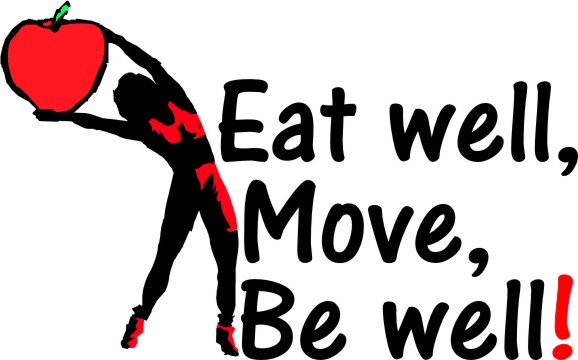Lately, several people I know and love have been diagnosed with type 2 diabetes. When you are diagnosed, it can be so overwhelming you may just want to stick your head in the sand and pretend you didn't hear what the doctor just told you.
There are so may components to this complex disease, you sort of have to take things one day at a time in order to figure it all out. The other thing about diabetes is that it's a personal disease, meaning it affects everyone differently, so you have to learn to be aware of your body's signals and how certain foods and exercise effect your blood sugar levels. The best way to do this is write down every item you eat at a meal then test your blood sugar about an hour after your meal. That is when it will be the highest level. This will help you determine how the food you just consumed effects your blood sugar.
The nutritional side can also be confusing as all carbohydrates impact you differently, depending on the fiber content as well as the fats. Eating high fat foods that are low in carbs might seem like a great idea, but in fact fatty foods will cause your blood sugar to stay high longer, plus they are bad for your heart and will cause you to gain weight.
I tell people to view their dinner plate like a pie chart - take 1/2 of the plate and fill it with salad and any vegetables that are green or yellow or white. Hint - don't put your salad on a separate salad plate or in a bowl, put the salad on your plate. The other side of your plate should contain your lean protein (4-5 ounces), perhaps a small 1/2 cup serving of either wheat pasta or a 1/2 baked sweet potato (eat the skins they are full of fiber) or another low carb option, and more vegetables. Bread is not all bad - but if you have bread, don't eat the pasta or potato, have one or the other.
A diabetes diagnosis does not mean you can't eat good food. You will learn how to decide what foods work best for you, and you can always have treats every now and then as long as you count the carbs!

No comments:
Post a Comment